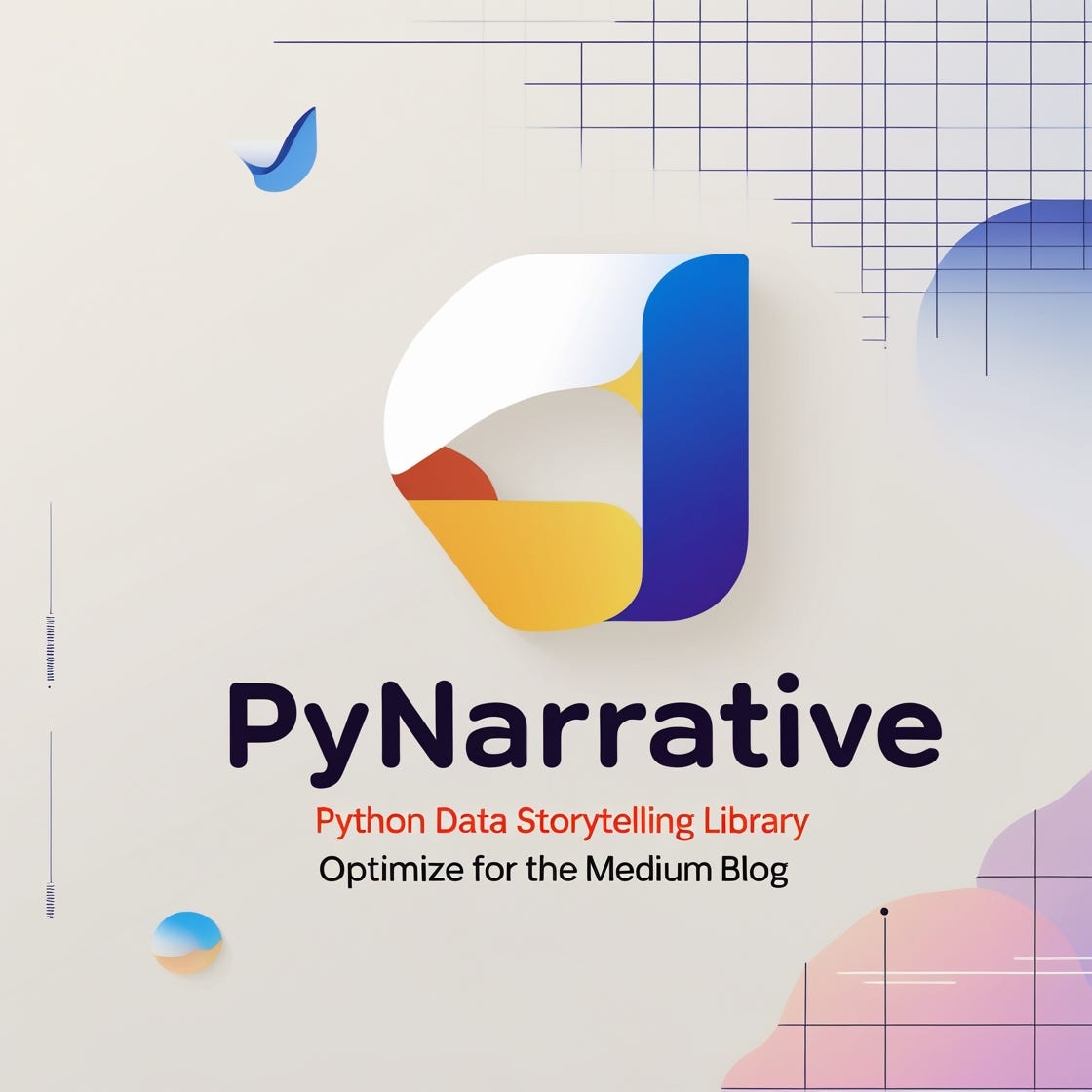Member-only story
PyNarrative Makes Data Speak — No More Boring Reports
Imagine you’re working on a project, crunching numbers, analyzing trends, and building predictive models in Python. Your analysis is insightful, but when you present it, all you see are blank stares. The numbers make sense to you, but your audience struggles to connect.
What’s missing? A story.
That’s where PyNarrative comes into play. PyNarrative is a Python library designed to transform raw data insights into compelling narratives, making your analytics more digestible, engaging, and impactful.

In this blog, we’ll dive into:
- What PyNarrative is and why it’s useful
- How to use it with code examples
- Its advantages and limitations
- Strategies to overcome its limitations
- Fun and relatable use cases
Let’s make data storytelling effortless!
What is PyNarrative?
PyNarrative is a Natural Language Generation (NLG) library that converts structured data into human-like stories. Whether you’re analyzing sales reports, customer behaviour, or financial trends, PyNarrative can help frame insights in an engaging and contextual manner.
In simple terms: It’s like having a data analyst who also happens to be a storyteller!
Why Use PyNarrative?
Think about it: What do you remember more — a spreadsheet of sales numbers or a story about how revenue soared due to a viral marketing campaign? Humans are wired for narratives. PyNarrative bridges the gap between data and storytelling, making it perfect for:
✅ Business Reports — Generate insights in plain English.
✅ Financial Analysis — Explain trends without drowning in numbers.
✅ Marketing Insights — Make campaign performance easy to understand.
✅ Customer Engagement — Automate personalized reports.
Getting Started with PyNarrative
Let’s install PyNarrative first:
pip install pynarrative